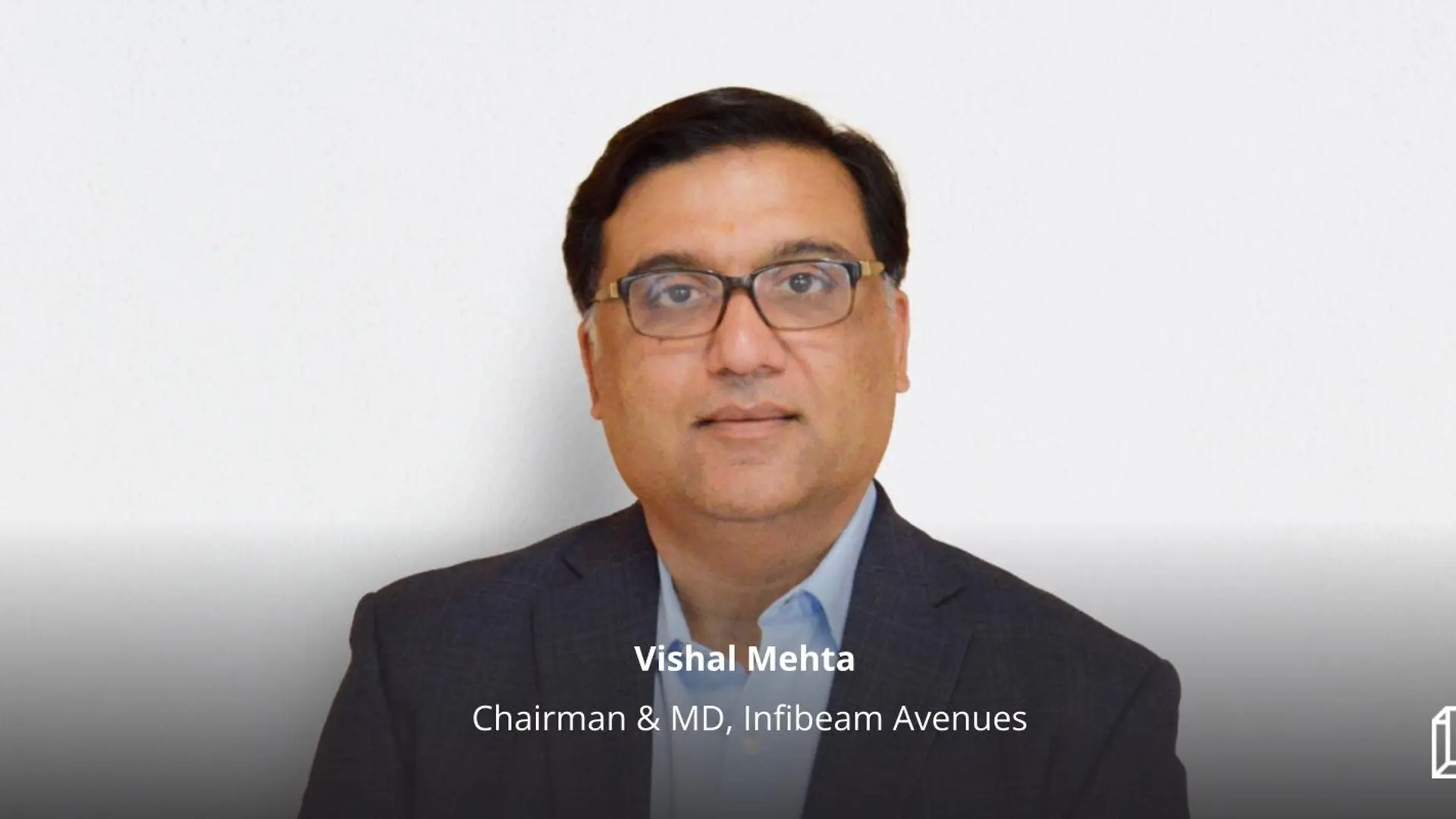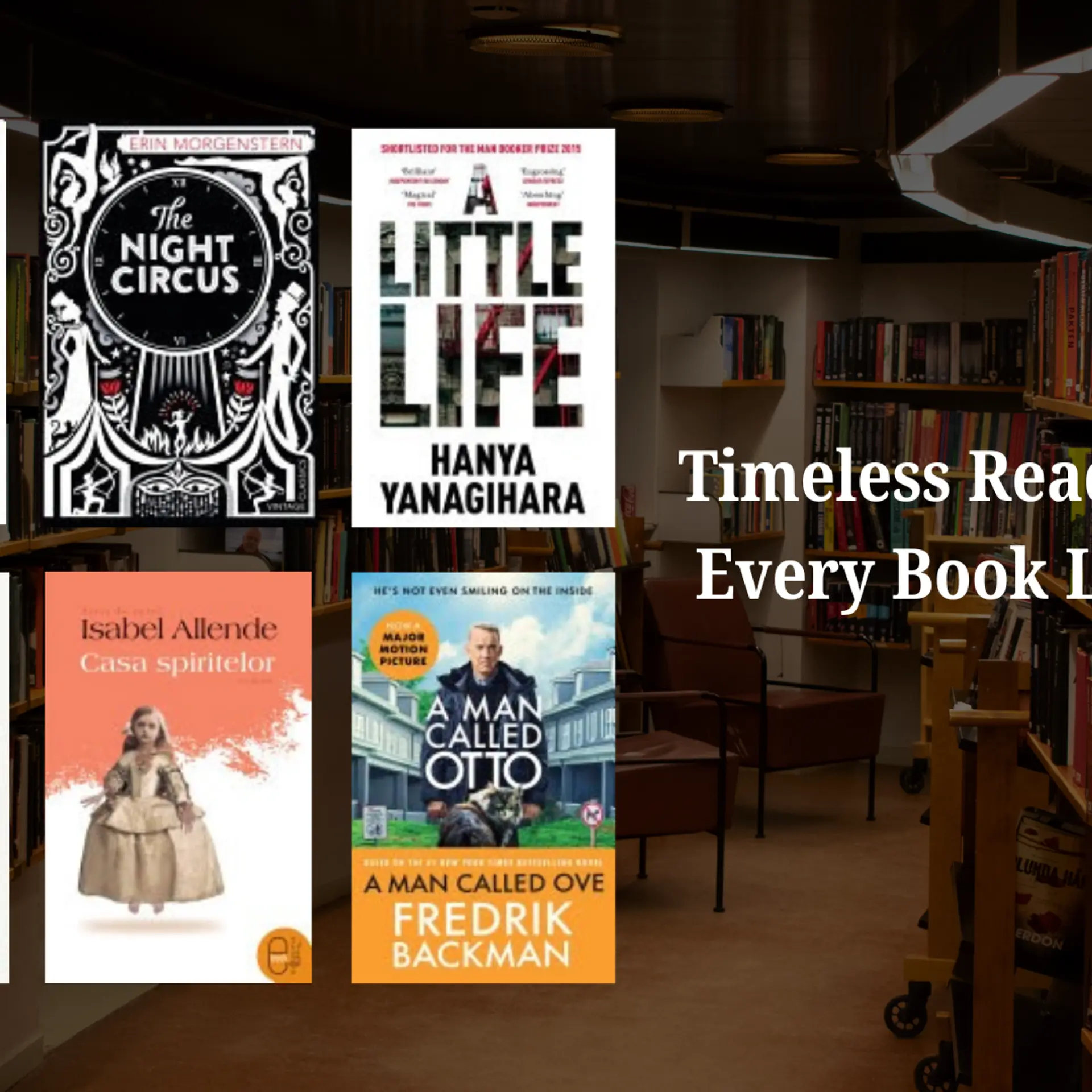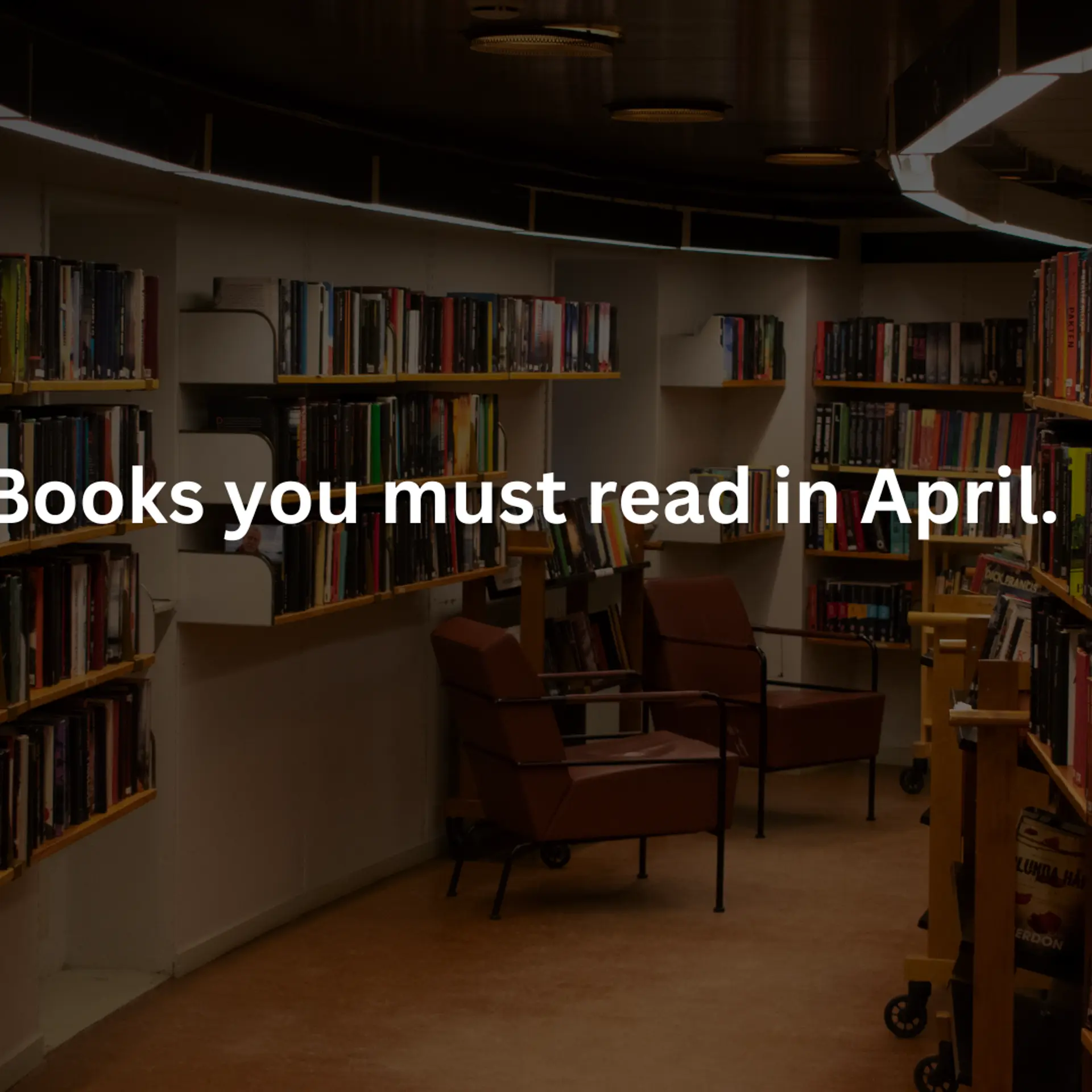Pioneers in Microfinance, Part 2: MYRADA
Today, Microcapital.org published the second part of their “Pioneers in Microfinance” series, in which they continued their interview of a pioneer in microfinance, Aloysius P. Fernandez, Executive Director MYRADA and Chairman of the Board of Microfinance Institution Sanghamithra Rural Financial Services. To refresh your memory on Part One of this series, read this earlier post by Vinay.
The interview continues where it left off in Part One by outlining both the impetus and the process involved in establishing linkages between the Reserve Bank of India (RBI) and Self-Help Affinity Groups (SAG). In the interview, Fernandez describes how MYRADA attempted to implement changes on a policy level by approaching RBI and the National Bank for Agriculture and Rural Development (NABARD) regarding the lending process:
In 1989, he [NABARD President and CEO P. R. Nayak] asked me, “Now, what policy change do you want?” I said, “Allow the banks to give loans without asking for the purpose. Why are you so particular about giving based on viable loans and unit costs?” They would give loans for sheep. There would have to be 20 female sheep and one male sheep, so that was supposed to be a viable unit. But, if you give such a big unit to a single woman, she has to leave all her other work and look after this. So, in order to survive she will sell two sheep. There goes your viable unit. We found that 60 percent of the recovery didn’t come from the asset, so why are you wasting your time? Let people decide [how to use their loans].
Fernandez then goes on to talk about the proliferation of NGOs based on the SHG model in India, and their perceived limitations, including potential for growth in the future:
What has happened in the last five or six years is a number of NGOs have started lending money. There is one microfinance institution starting everyday in India. I think microfinance has a big role to play in India, but let’s make a distinction. One: let us have microfinance for people who need it. It can be for-profit, fast-growing, have good substantial interest rates and have good profits; no problem. But if you want to have microfinance in the context of poverty, then there are certain limitations. One is that it has to have reasonably affordable interest rates because the investment in agricultural and rural areas doesn’t give you a very high return. Two: it has to be in the context of development or in the context of organizations lowering the risk of development. Therefore, if you are looking at it in the context of poverty, you can’t look at microfinance as a single bullet. It has to be embedded in a much broader framework, and it has to be tempered by social concern. At the same time, microfinance institutions involved in poverty can be financially sustainable, as Sanghamithra Rural Financial Services (Sanghamithra) has proved.
Finally, Fernandez spoke about the challenges faced by his organization, including trends for the future. I found the following line to be especially fascinating, particularly in the context of setting a sustainable, viable development agenda that enables poor populations to become self-sufficient: (more after the break…)
This was the biggest discovery: that traditionally you build on people’s strengths and not on people’s needs. If you make analyses of needs, you develop a dependency relationship between them and you.
Lastly, he re-visited the prior theme of the rapid rise of SHGs in India, and emphasized the need for improving the quality of services provided:
The biggest challenge today is the quality of self-help groups (SHGs). In India, it became a national policy in 2000, and then the quality declined because they started forming groups without giving target-oriented training. But, of course, you have 3.2 million of them in India today. Now, we have to work for quality all over here.
Probably one of the most significant insights gleaned from this article was Fernandez’s assertion that in order for a any development movement to be sustainable (and also to avoid the destructive nature of jealousy), it must be grounded in something bigger than one’s self. Vanity and ego-centrism must be shed for a larger goal, which in his case, involved an extensive partnership with a governmental entity – NABARD.






